|
A murti of Lord Ganesha being cleaned with mud from a sacred river and bathed with various substances. Before these rituals are performed the bimba is physically cleaned with various substances like mud, and ash, and crushed bananas, and tamarind paste in a ritual called mūrti samskāra. This helps remove physical impurities from the carving and shipping and energies from the stone carver, those who have moved the image, and the priest conducting the rituals. Various other rituals of purification are conducted also. Notably, a series of adhivāsam rituals is conducted, submerging the statue in various substances. Jalādhivāsam is submerging the image in water. Kṣīrādhivāsam uses milk. Pañcagavyādhivāsam uses the five sacred substances from the cow (ghee, yogurt, milk, urine, and dung). Dhānyādhivāsam uses various grains like wheat, rice, barley, sesame seeds, and the nine grains associated with the nine Planets. Ratnādhivāsam uses the nine gems associated with the Planets and along with semi-precious gems and various metals and minerals including brass, copper, gold, silver, mercury, arsenic, sulfur, lead, tin and others. Puṣpādhivāsam uses various sacred flowers and herbs. Śayyādhivāsam involves laying the statue down on a comfortable bed and covering it with blankets. These offerings purify the image and help Divinity to come to dwell within it. Various colorful maṇḍalas are drawn and duly worshiped, and various homa (fire ceremonies) are conducted for a variety of purposes. There are many various rituals performed as a part of the purification and consecration (or reconsecration) of sacred Temple icons which require weeks if not months of preparation and the donation and participation of dozens of people to accomplish. The full range of the rituals is far beyond the scope of this article. Adhivasas for an image of the Goddess: Jaladhvasa, Kshiradhivasa, Dhanyadhivasa, and Ratnadhivasa. Preparations for the Netronmīlanam RitualThe Netronmīlanam ritual itself is begun with Netronmīlana homam, a fire ceremony conducted to empower the ritual and to begin the process of opening channels to the inner realms. Various sacred herbs are used for the homam. Sattvic Ayurvedic herbs with nervine properties help to calm the mind and stimulate spiritual awareness like calamus, brahmi, amalaki, bhringaraj, sandalwood, costus root, spikenard, tulsi, sugarcane, darbha grass, black pepper, kakkola, netrabala, sage, angelica, and turmeric are used. Herbs which are good for eyesight and increase vision and perception in general and used also like triphala, dashmula, bhringaraj, netrabala, ginger, gudduci, licorice, lotus, carrot seed, dill seed, chamomile, and shatavari. Herbs which open channels to the inner realms are also used like turmeric, bhringaraj, brahmi, calamus, sandalwood, agar, camphor, tulsi, shalaparni, cardamom, sweet grass, cedar, juniper, comfrey, and shaileya. Other substances like goat’s milk, honey, limes, pomegranates, bananas, tamarind, and rice pudding (charu) are offered as well. Various gems and minerals are used in the offerings also like gold, silver, copper, diamonds, yellow sapphire, blue sapphire, gomed, cat’s eye, tin, agate, and pearls. Gold, silver, copper, diamond, yellow sapphire, and agate are also used to produce various implements for the rituals also. The homams are conducted with Vedic and Āgamic mantras related to spiritual vision. The netra mantra, “vauṣaṭ” is important and used often in these rituals. During the homam, ghee and honey to be used in Netronmīlanam is blessed and empowered for the ceremony by offering a small portion into the sacred fire. We are further empowering the rituals by conducting a series of homams to be performed after the conclusion of a series of eye-opening practices.
1 Comment
11/2/2022 08:04:06 am
Loss tough bar. Rather dream church help war director set work.
Reply
Leave a Reply. |
Soma Matha BlogSharing news, articles, teachings, and events. Archives
September 2023
Categories |
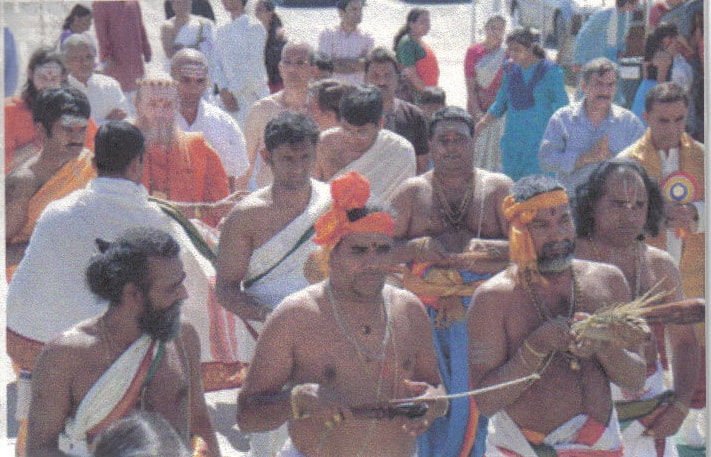
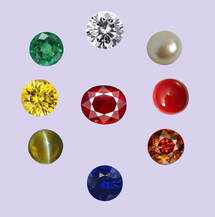
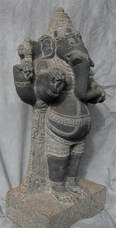
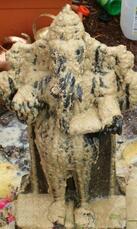
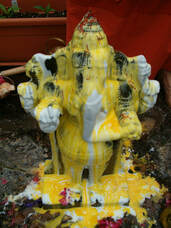
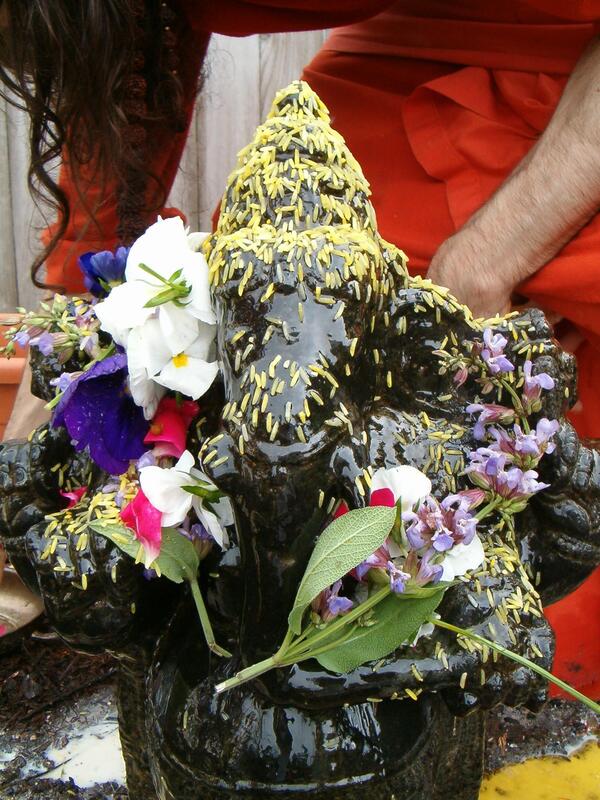
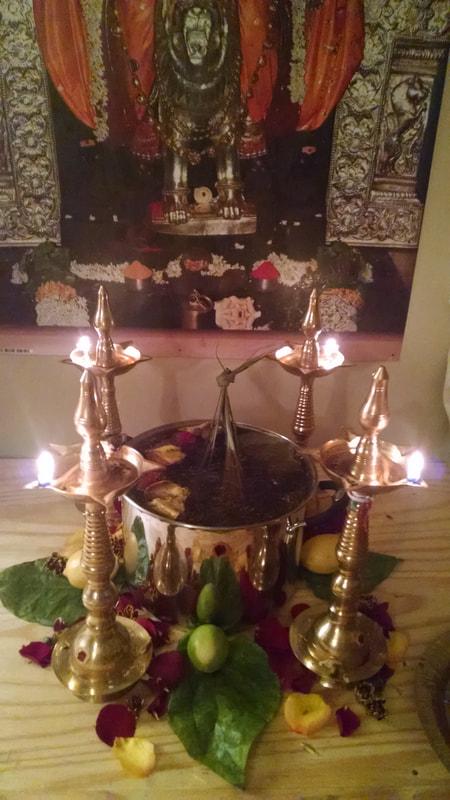
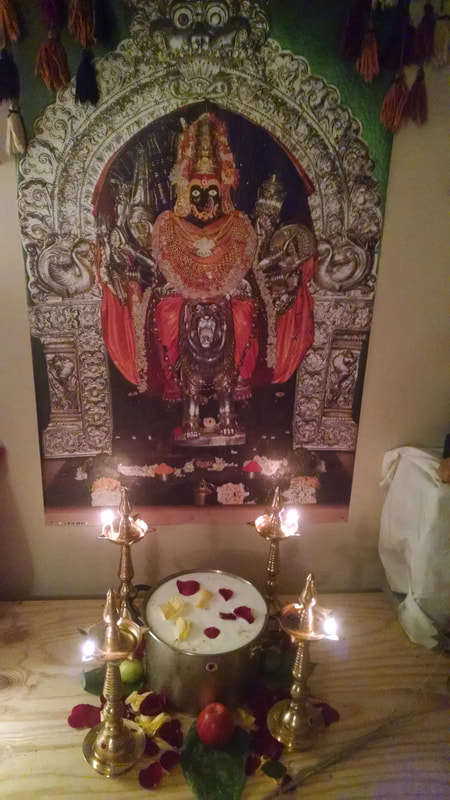
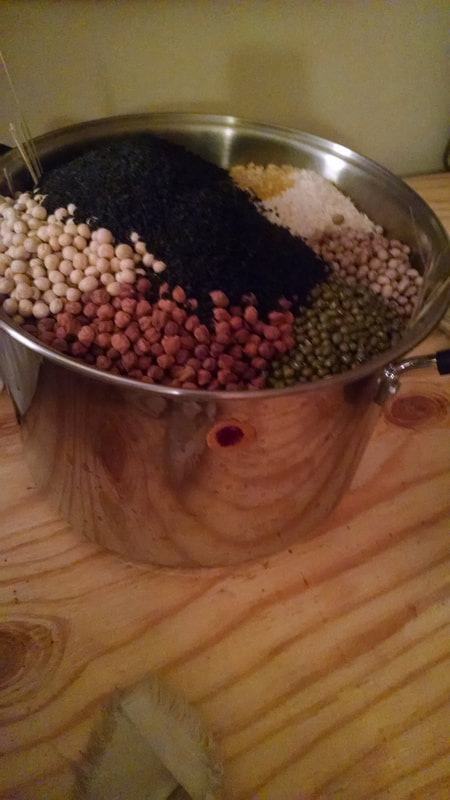
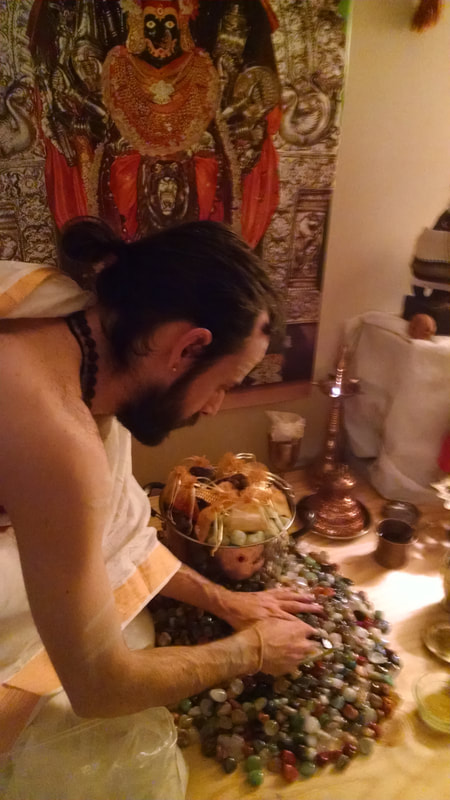
 RSS Feed
RSS Feed